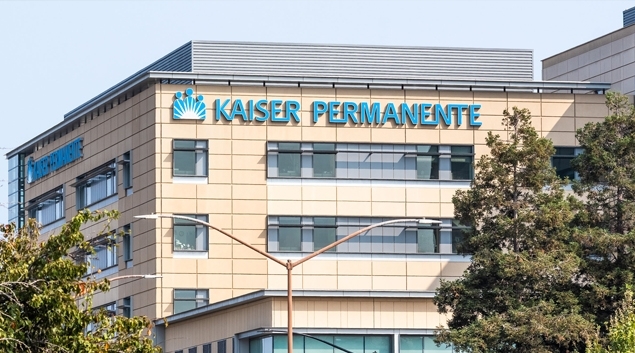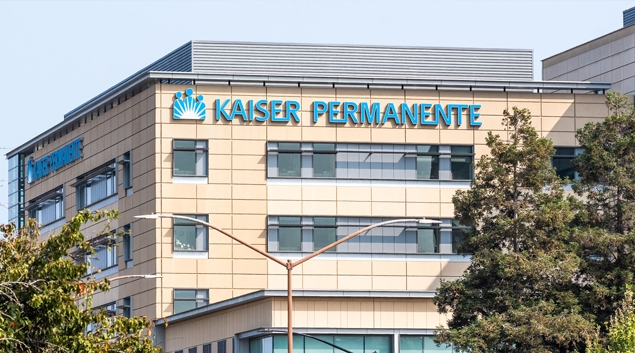
Photo: Sundry Photography/Getty Images
Kaiser Permanente plans to sell up to $3.5 billion of holdings in private-equity funds due to cash constraints, The Wall Street Journal said, citing unnamed sources.
Kaiser is reportedly working with investment bank Jefferies Financial Group to offload up to $3.5 billion of stakes to secondary buyers.
WHY THIS MATTERS
A spokesperson for Kaiser denied that the sale is due to liquidity concerns, but rather is an investment decision made after a regular review of its portfolio, according to Becker’s. The system’s investment portfolio in part supports its employee retirement and pension program, Becker’s said.
Kaiser could not be immediately reached for comment.
THE LARGER TREND
On Friday, the large integrated health system based in Oakland, California released its Q1 financial results showing operating income of $935 million for the first quarter of this year compared to $233 million for Q1 2023.
Kaiser Foundation Health Plan and Kaiser Foundation Hospitals operating income in the first quarter of 2024 was below historical first-quarter trends leading up to the pandemic, the health system said.
“Continuing cost pressures familiar to the entire health sector in the first quarter included high utilization, care acuity, and the high costs of goods and services,” it reported.
Last year, Kaiser formed the not-for-profit Risant Health to speed the adoption of value-based care.
This April, Kaiser Permanente completed its acquisition of Pennsylvania-based Geisinger Health, the inaugural member of Risant Health. More community-based health systems acquisitions are planned in the next few years, according to Kaiser.
During Q1, Kaiser said it realized a one-time gain related to Risant Health’s acquisition of Geisinger of $1.8 billion, driven by favorable financial market conditions.
“Historically, the first-quarter operating margin is strongest for KFHP/H due to the timing of the open enrollment cycle, followed by lower operating margins in the three subsequent quarters as expenses increase throughout the year while revenue stays relatively flat,” Kaiser said.
Email the writer: SMorse@himss.org




